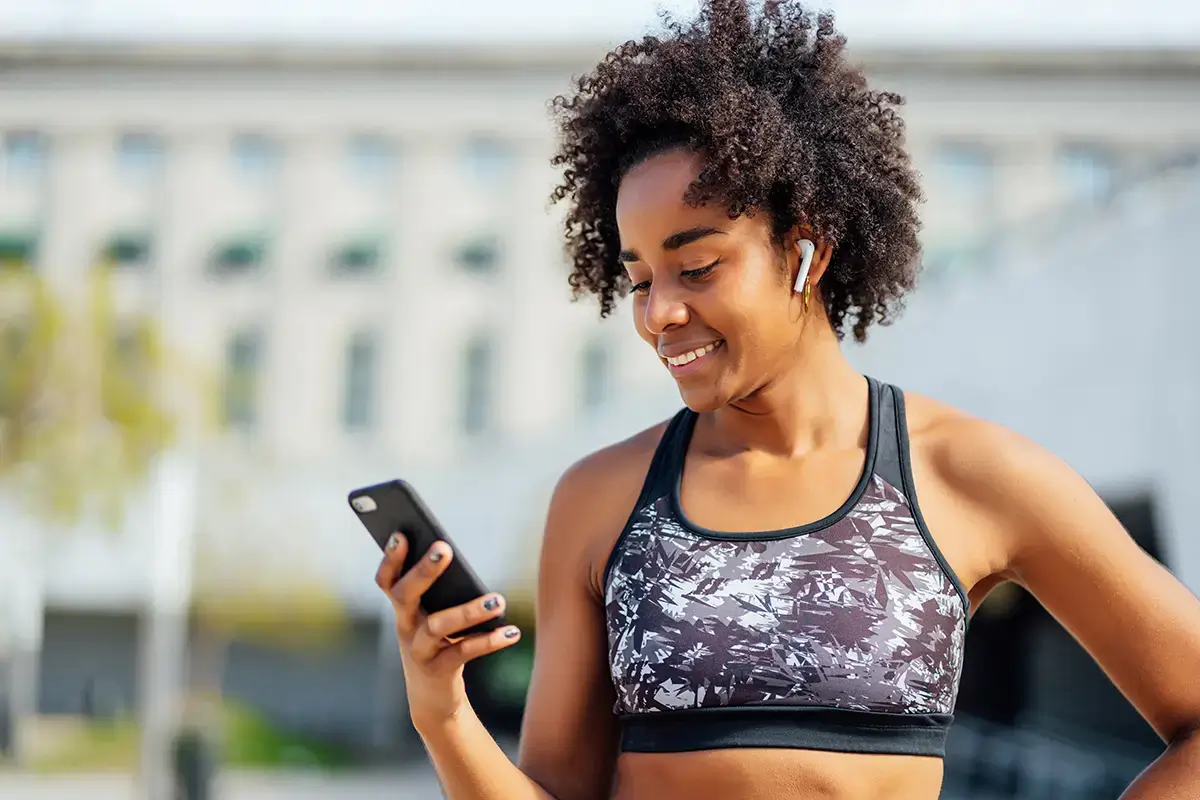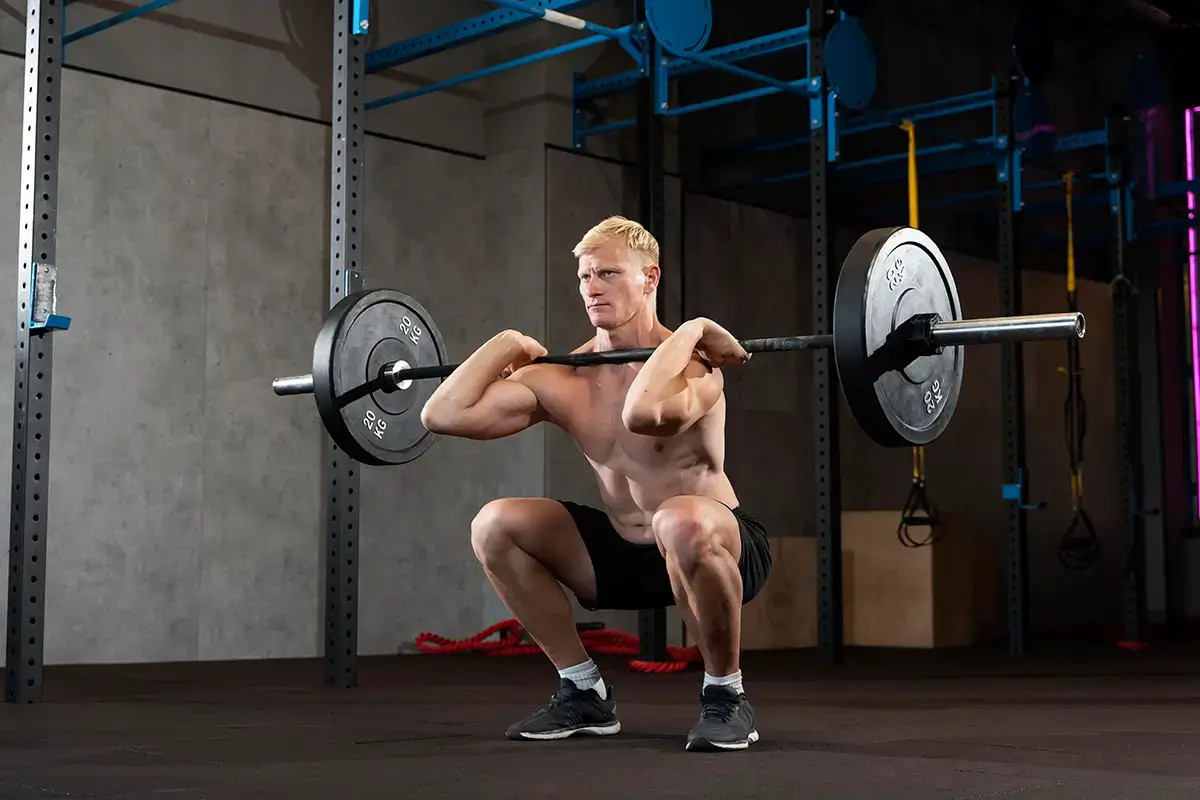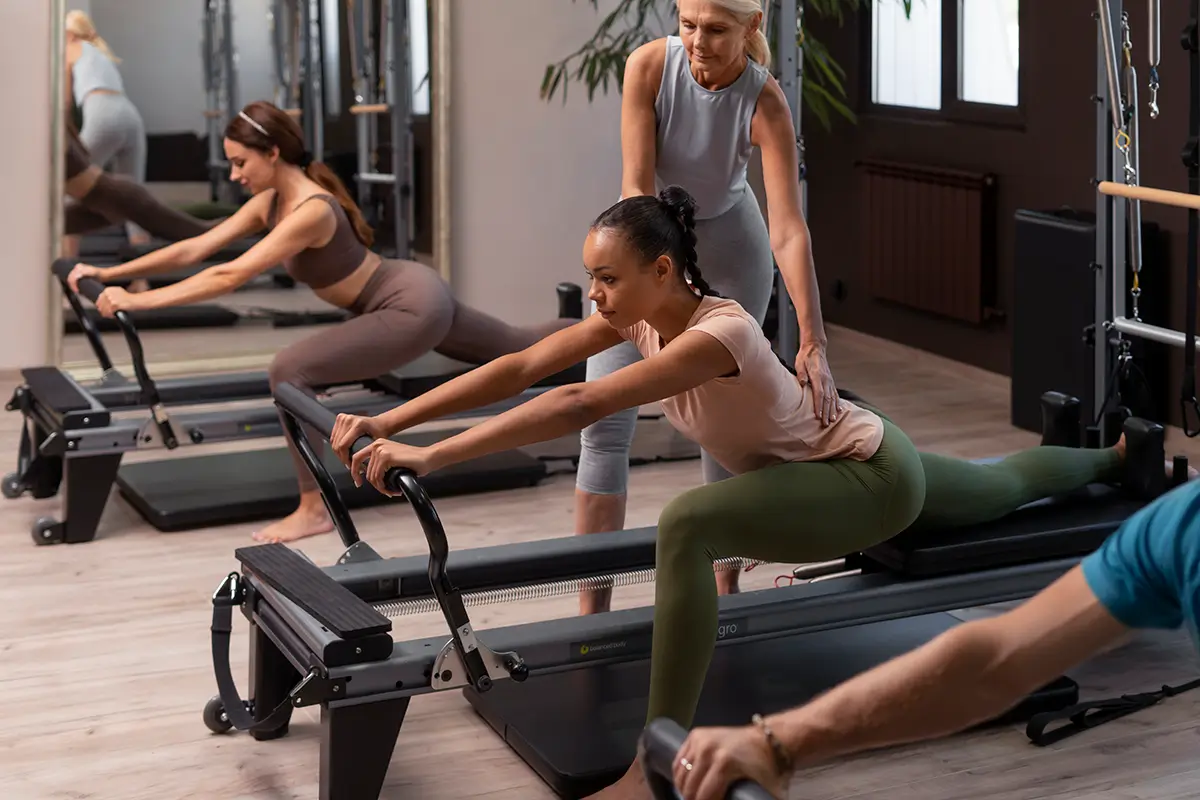Apps and Gadgets to Achieve Your Training Goals
The technological revolution has transformed all aspects of our lives, and the fitness world is no exception. Today, a range of apps, gadgets, and other tools can make the process of achieving health and wellness goals more practical, efficient, and motivating. In this article, we will explore how technology can be your great ally in the quest for a healthy lifestyle, helping you plan workouts, track progress, and stay motivated.
The Era of Fitness Apps
Fitness apps are one of the main allies for those looking to improve their physical condition. With options for all tastes and needs, these apps offer everything from personalized workout plans to diet tracking. Popular examples like MyFitnessPal and Runtastic allow users to log their meals, count calories, and track exercise progress. Additionally, many of these apps have online communities that function as support and encouragement networks.
Gadgets and Wearables: Your Personal Wrist Trainers
Gadgets and wearables, such as smartwatches and fitness bands, are becoming increasingly popular among fitness enthusiasts. Devices like Apple Watch, Fitbit, and Garmin offer a range of features, including heart rate monitoring, step counting, sleep analysis, and GPS for tracking runs. These gadgets provide real-time data, helping users adjust their routines and maximize workout results.
Technology in Meditation and Mental Health
Mental health is a crucial component of overall well-being, and technology has also provided valuable tools in this field. Apps like Headspace and Calm offer guided meditation sessions, breathing exercises, and relaxation techniques. These resources are essential for those looking to reduce stress and improve sleep quality, contributing to a balance between body and mind.
Virtual Trainers and Online Classes
With advances in communication technologies, virtual trainers and online classes have gained prominence, especially during the COVID-19 pandemic. Platforms like Peloton and apps like Nike Training Club offer live and on-demand classes, allowing users to participate in varied workouts without leaving home. This flexibility makes it easier to fit workouts into daily routines, eliminating the need for travel and making exercise more accessible.
Virtual Communities and Support Networks
Motivation is a key factor in maintaining a fitness routine, and virtual communities have proven extremely effective in this regard. Apps like Strava and fitness-specific social networks allow users to share their achievements, exchange tips, and encourage each other. This social interaction creates a support environment that can make all the difference in achieving long-term goals.
Personalization and Artificial Intelligence
Personalization is a growing trend in fitness technology, driven by artificial intelligence (AI). Apps like Freeletics use AI to create workout plans tailored to the user’s fitness level and individual goals. These platforms adjust exercises based on performance and feedback, offering a level of personalization that was previously only possible with personal trainers.
Health and Wellness Monitoring
Technology has also proven essential in the continuous monitoring of health and wellness. Modern gadgets can track various health indicators, such as blood oxygen levels, blood pressure, and heart rate variability. This information is valuable for early detection of potential health problems and preventive adjustments to workout and diet routines.
Final Considerations
Integrating technology into the fitness world offers numerous advantages, making life easier for those looking to achieve their health and wellness goals. From workout and diet apps to advanced gadgets and virtual communities, the available tools are vast and diverse. By incorporating these technologies into your routine, you can make your physical transformation process more efficient, monitored, and motivating.
Sources Consulted:
- Ministério da Saúde (Brazilian Ministry of Health)
- UOL VivaBem
- TecMundo
- G1 Bem Estar
- Exame
- Saúde Abril














